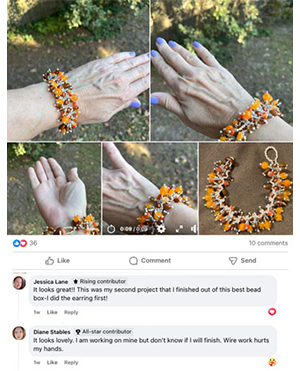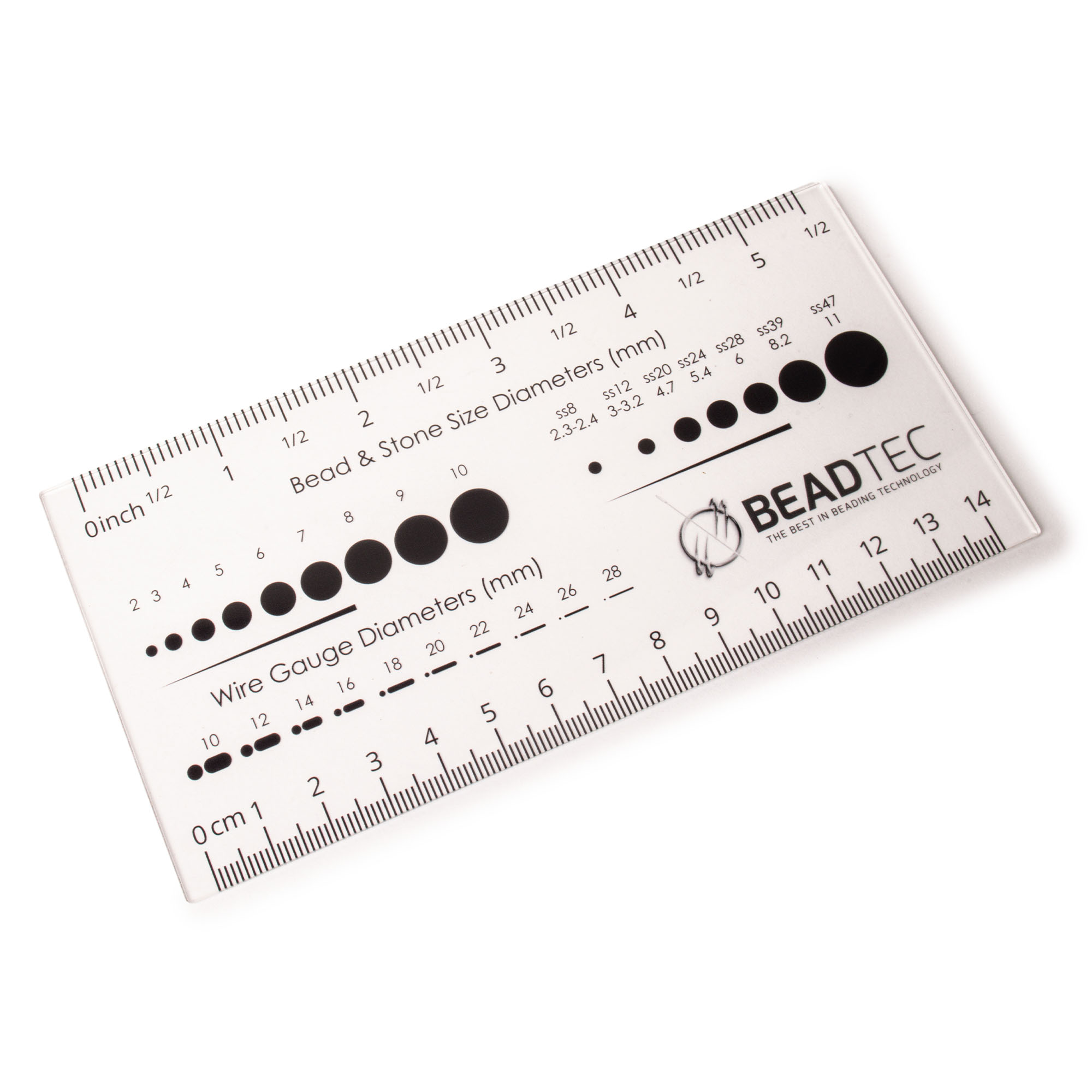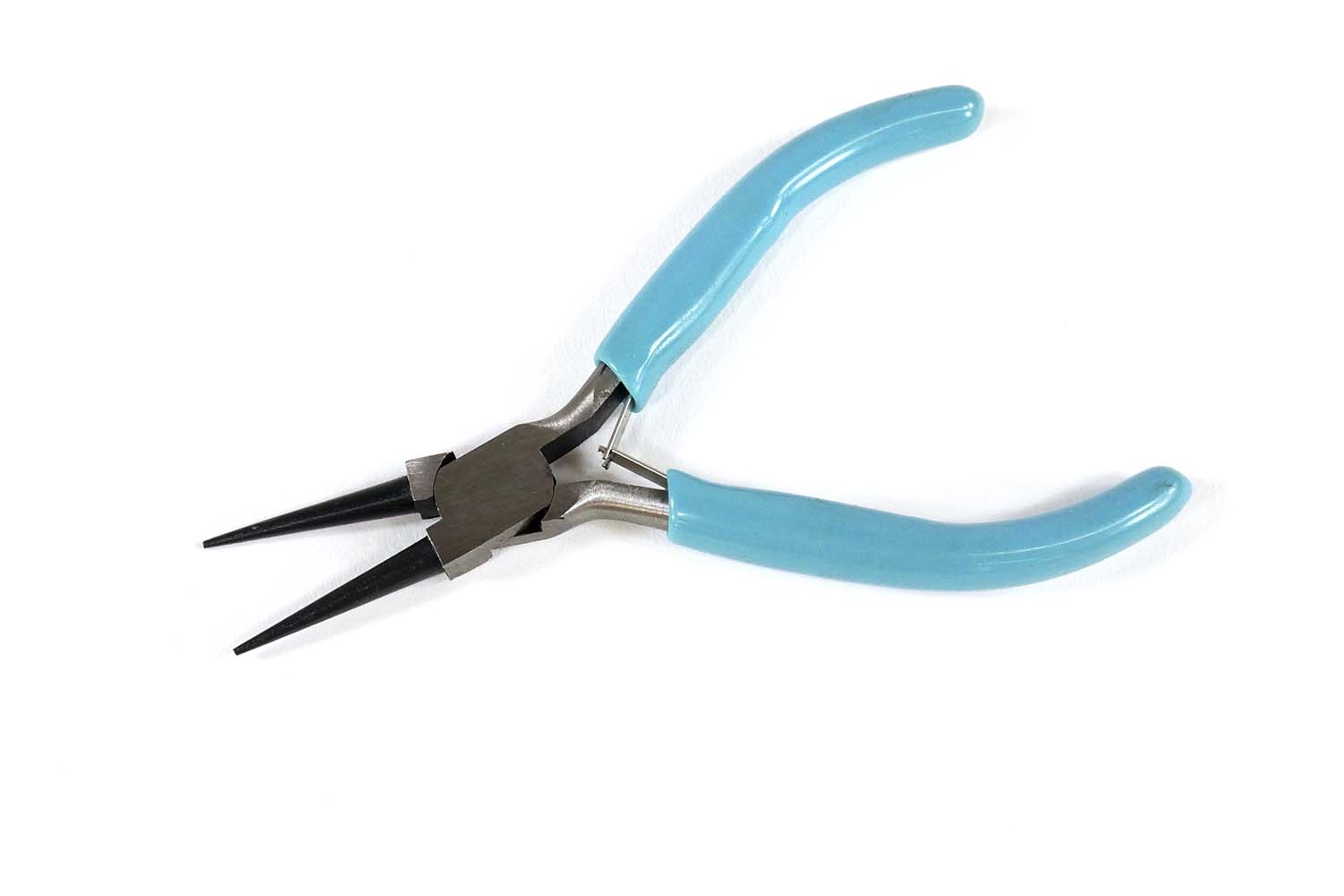- Jewelry-Making Supplies ▾
Design Jewelry with Confidence!
Seed Beads
Thread, Wire, & Stringing Materials
Athenacast Findings & Components
Everything Else
- Kits & Collections ▾
Assemble Your World
Kits & Collections
- Subscriptions ▾
Want monthly Beading Happiness?
Subscriptions
- Learn to Make ▾
Want to learn more?
- Discounts & Deals ▾
Explore Today's Promotions!
- Jewelry-Making Supplies
- Kits & Collections
- Subscriptions
- Learn to Make
- Discounts & Deals
-
Seed Beads
Thread, Wire, & Stringing Materials
Findings & Components
Everything Else
-
Kits & Collections
-
Subscriptions
- Home
- How to Make Jewelry
- Better Beader Episodes
- How to Work with Memory Wire
How to Work with Memory Wire

Watch the Video Tutorial
Watch the Video Tutorial
Need Any Extra Materials?
Need Any Extra Materials?
Need Any Extra Materials?
Need Any Extra Materials?
Episode Transcript
Episode Transcript
Introduction
Memory wire is a versatile and fun material that allows you to create stunning spiral bracelets and necklaces with ease. In this article, we'll guide you through the process of working with memory wire, based on the techniques shared in Better Beader Episode 16 from Potomac Beads. Whether you're a beginner or an experienced beader, this step-by-step tutorial will help you create your own beautiful memory wire jewelry.
Materials Needed
- Memory wire in your desired size (e.g., bracelet or necklace)
- Beads of your choice (e.g., 4mm rounds, 6mm rounds, or a mix of sizes)
- Memory wire end caps
- Charms or dangles (optional)
- Round nose pliers
- Chain nose pliers
- Wire cutters
Step-by-Step Tutorial
- Begin by measuring your wrist or neck to determine the number of loops you'll need for your memory wire jewelry. As a general guideline, bracelets usually have about 1.5 to 2 loops, while necklaces can have 3 or more loops.
- Using your wire cutters, cut the memory wire to the desired length. Make sure to leave a little extra wire on each end for creating loops.
- Create a small loop at one end of the memory wire using your round nose pliers. This loop will secure your beads and prevent them from falling off.
- Start stringing your beads onto the memory wire. You can use a single size or mix and match different sizes and colors to create a unique pattern. Experiment with different bead combinations to find a design you love.
- As you string your beads, make sure to push them down towards the loop you created in step 3. This will help keep your beads secure and prevent them from shifting around on the wire.
- Once you've added all your beads, create another loop at the opposite end of the memory wire using your round nose pliers. This loop will close off your design and ensure the beads stay in place.
- If desired, attach a charm or dangle to one or both ends of your memory wire jewelry using a jump ring. This adds an extra decorative element and personalizes your piece.
- Using your chain nose pliers, gently adjust the loops on each end of the memory wire to ensure they are securely closed. Be careful not to overwork the wire, as this can cause it to lose its shape.
Customization Ideas & Inspiration
The beauty of working with memory wire is the endless possibilities for customization. Here are a few ideas to inspire your own unique designs:
- Create a gradient effect by transitioning from light to dark beads or from one color family to another along the length of the wire.
- Mix and match different bead shapes, such as rounds, cubes, or teardrops, to add visual interest and texture to your piece.
- Incorporate seed beads or spacer beads between larger beads to create a more intricate and detailed design.
- Experiment with different memory wire shapes, such as ovals or hearts, to create unique silhouettes for your jewelry.
Conclusion
Working with memory wire is a fun and rewarding way to create stunning spiral jewelry pieces. By following the steps outlined in this tutorial, you'll be able to craft your own beautiful bracelets and necklaces in no time. Remember to have fun, experiment with different bead combinations, and let your creativity shine through in your designs. We'd love to see your memory wire creations, so feel free to share them with us in the comments below!
Join Our Growing Community
Join Our Growing Community




Our Testimonials
Our Testimonials
- 55868 (83.8%)
- 4799 (11.4%)
- 3287 (4.1%)
- 228 (0.4%)
- 124 (0.3%)
- Favorite Reviews
- Highest to Lowest
- Newest to Oldest
- All Ratings
- 5 ★ Reviews
- 4 ★ Reviews
- 3 ★ Reviews
- 2 ★ Reviews
- 1 ★ Reviews
Loading...
Only Visible on Admin Mode
Item Description
Designer's Material List
Project Steps
Cutting the Wire: Use memory wire cutters to avoid damaging other tools. Make a clean cut where needed.
Adding Beads: Start threading your chosen beads onto the wire. Use smaller beads for a tighter fit and to maintain the wire's shape.
Finishing the Ends: Make loops at the ends of your memory wire using round nose or needle nose pliers. Attach charms or tassels for decoration.
Creative Additions: Explore creative uses of memory wire in decor and gifts, such as napkin rings or candle decorations.
Highest Quality
Products
100% Money
Back Guarantee
Fast
Shipping
Best Teaching &
Customer Service
You'll want these emails...
Get Free Projects & Inspiration
Get Free Projects & Inspiration
- Bullet 1
- Bullet 2
- Bullet 3
Copyright © PotomacBeads









